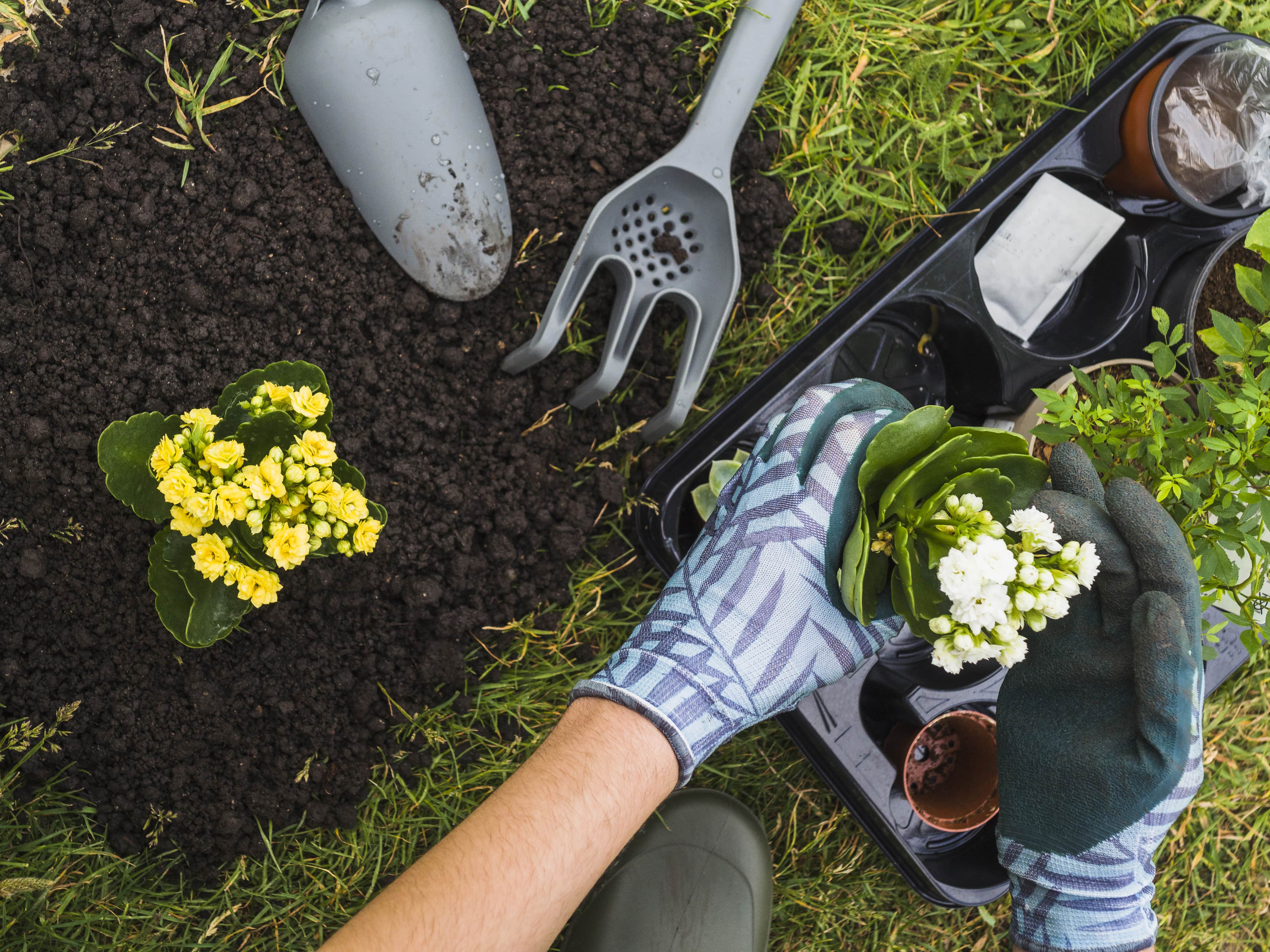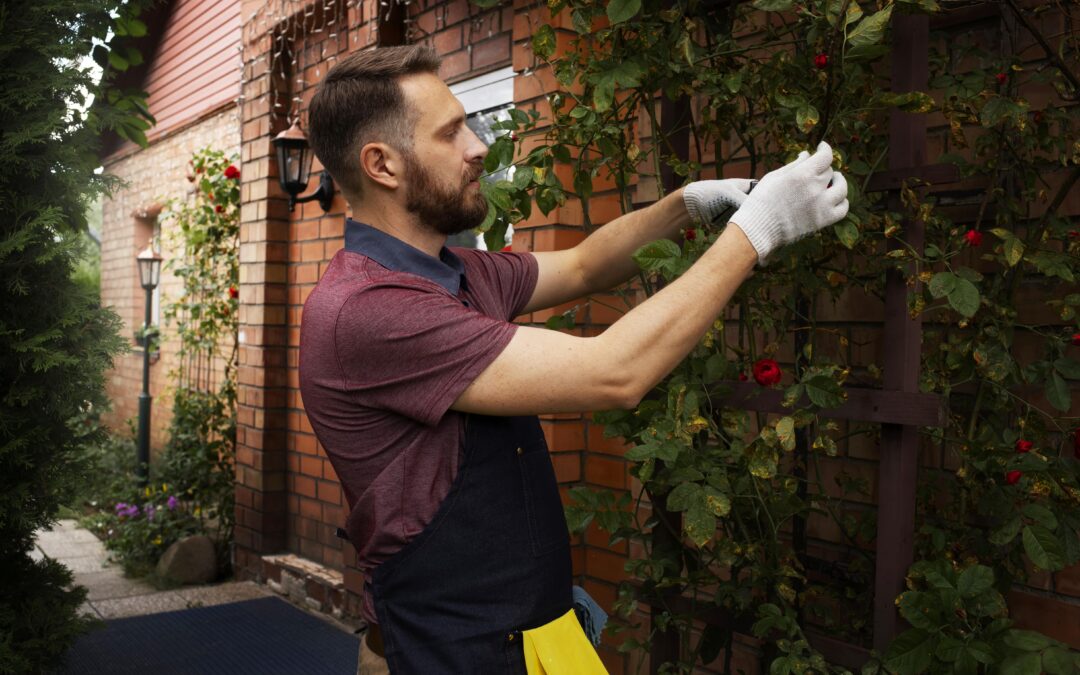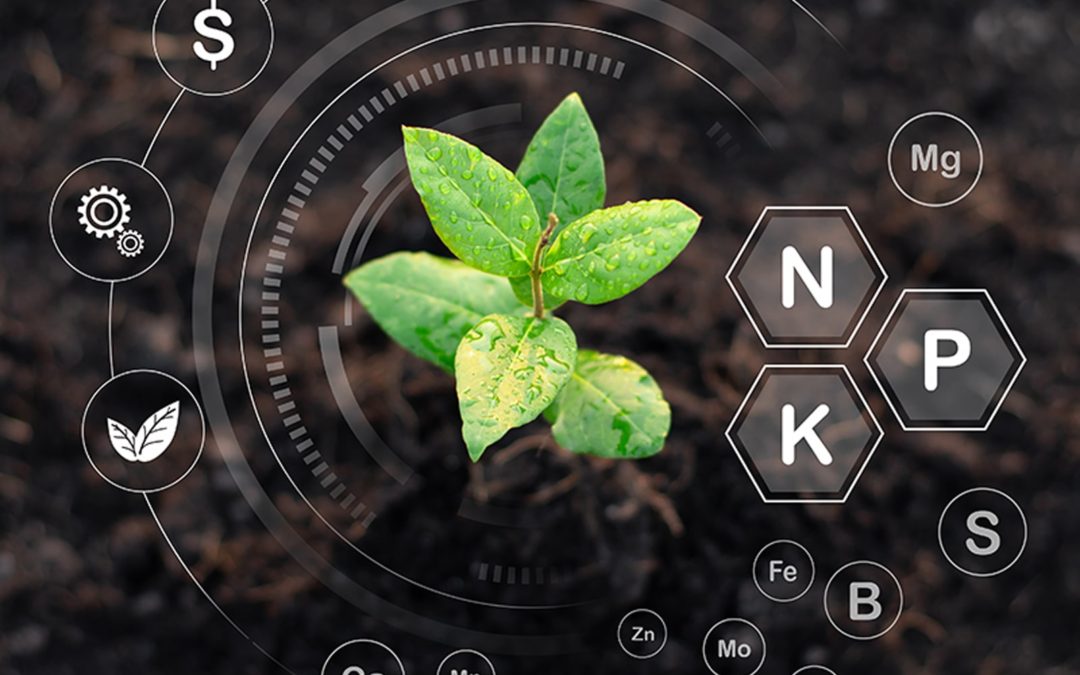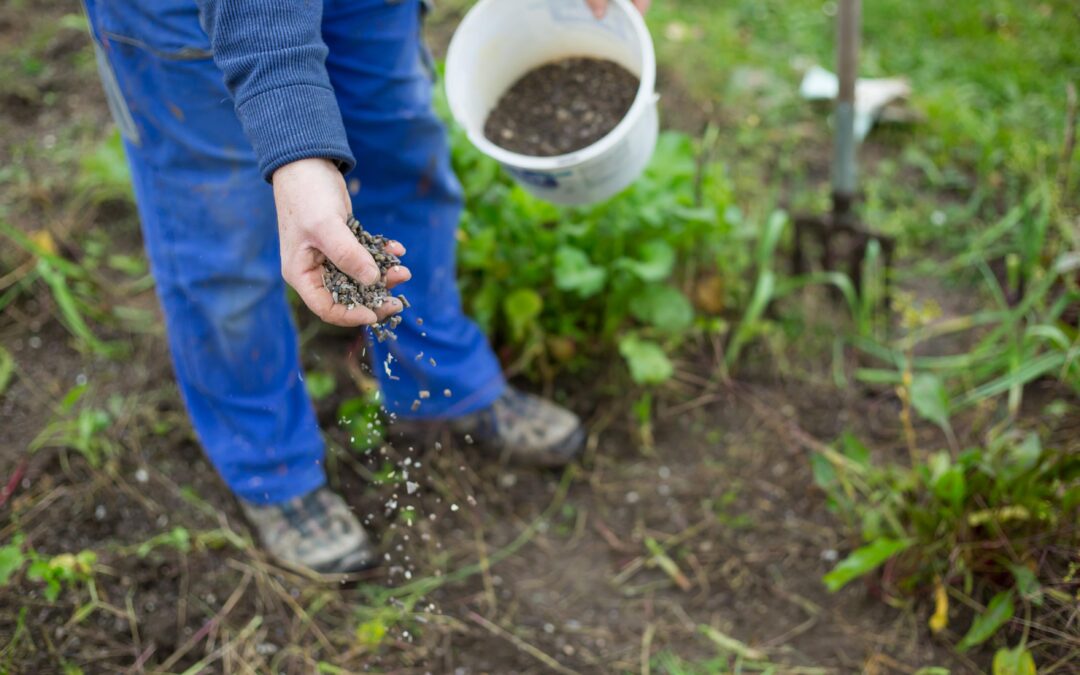A lavish, healthy garden is the objective for the majority of us when the expanding season starts, and there’s lots of fertilizers available that can assist your garden look its finest throughout the year.
Today we’re taking a more detailed check out bone meal fertilizer; what it is, why it’s prominent and how to use it in your own garden.
What is bone meal fertilizer?
First, its better to know exactly what bone meal fertilizer is. It’s a fertilizer that is available in a meal — or powder — kind and is made from animal bones. The bones are cleaned and after that heated or steamed before being ground into a powder or granules.
It’s most frequently made from bovine bones, and usually if you are getting typical bone meal this will be the primary part. Various other kinds consist of a fish meal.
Fish, blood and bone meal fertilizer is an additional usual range of bone meal fertilizer and it made from fishbone and blood rather than bovine bones. It can be used throughout a wide array of plants and is ideal for vegetables and fruit, flowers, roses, hedges and trees.
To know more about Bone Meal Powder fertilizer and buy online, click here.
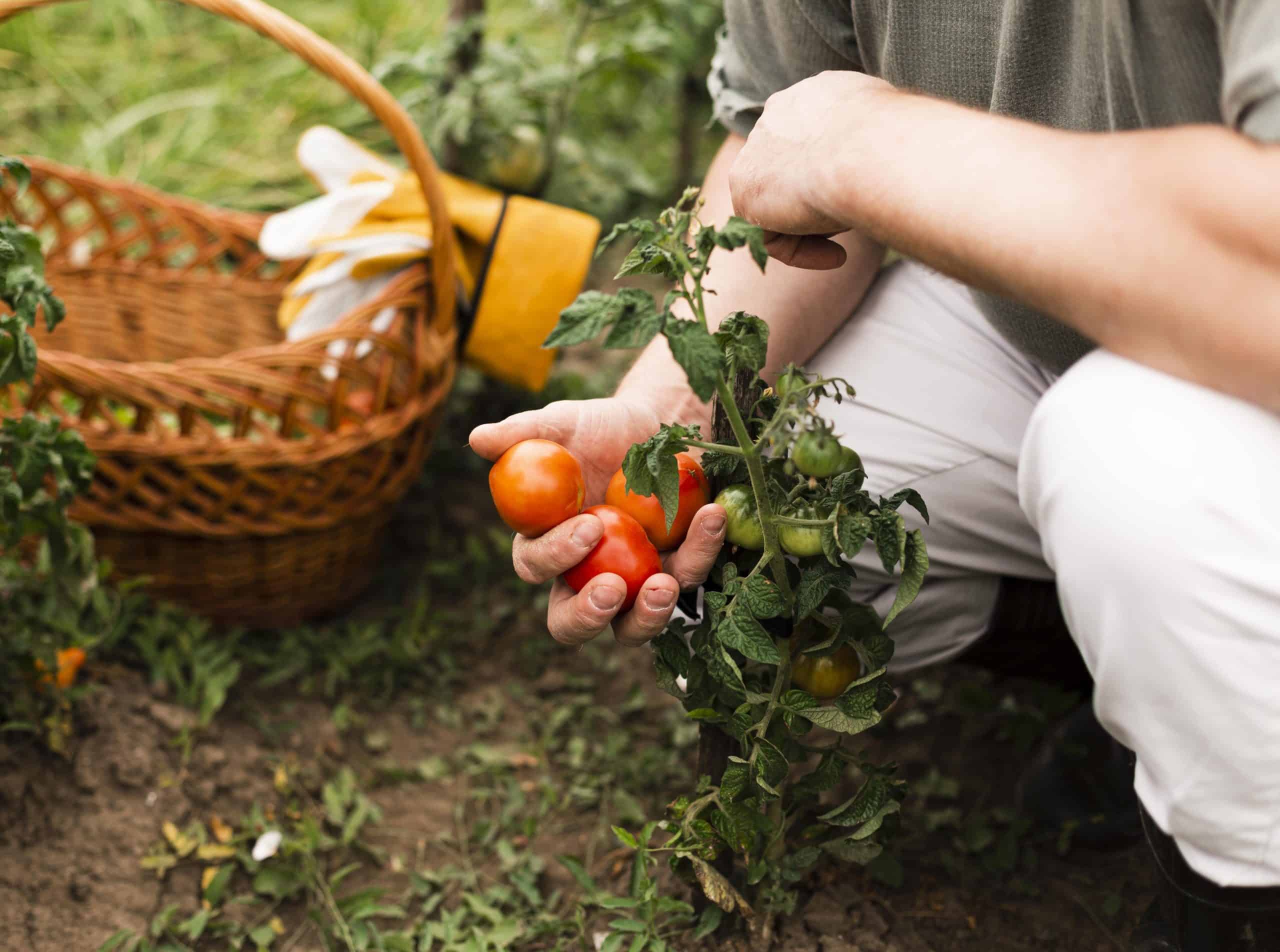
Why use bone meal for plants?
Bone meal serves as a great fertilizer for a few essential reasons. The first is that it’s a fantastic source of phosphorus, which is a crucial nutrient for plants to help them flower and brand-new plants to generate strong origins, so is good for origin veggies such as onions, garlic, carrot and parsnip.
It can be contributed to planting openings for many plants and is actually valuable when planting bulbs in the fall as it urges origin growth so leading to far better flowering the adhering to spring.
It also includes nitrogen, which urges plants to grow strong and promotes lush green foliage. Lastly, bone meal’s raw material normally encourages the renovation of micro-organisms, which can assist improve the soil’s fertility and structure.
It’s simple for plants to absorb and occupy, and is slow-release to profit plants for months at a time.
Due to the fact that the bone meal is usually used bovine bones, whether or not it’s feasible to transmit Bovine spongiform encephalopathy (BSE) – additionally called Mad Cow Disease – is a common problem, but you need not stress. Animals are completely evaluated for the disease and can not be made use of for any purpose if they test favorable for BSE.
Additionally, the particles that create BSE can not be absorbed by plants, so the opportunities of transferring mad cow condition through your garden plants are slim to none.
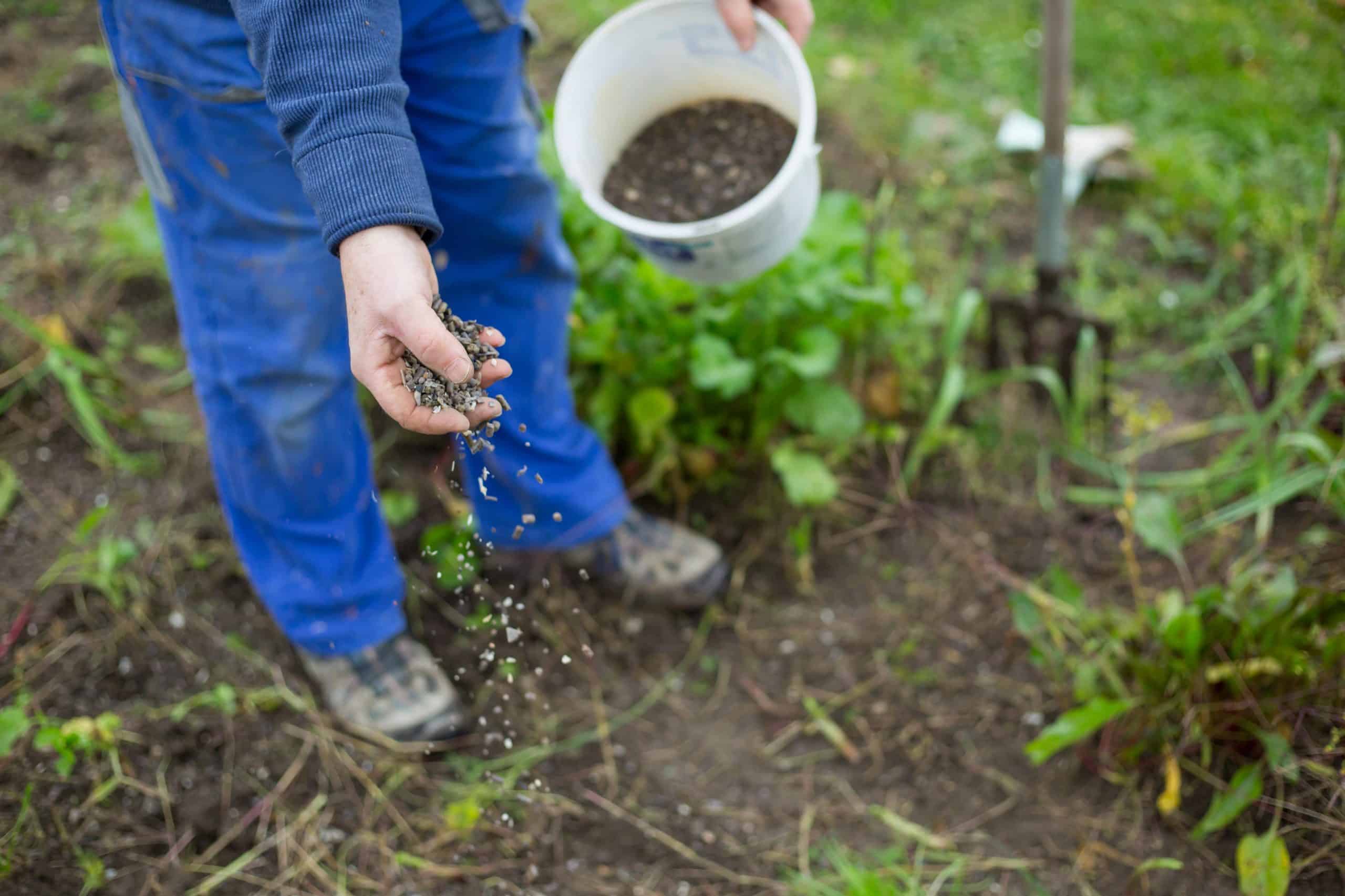
How to apply Bone Meal Fertilizer
Bone meal for plants can be used from February to November and can be used prior to sowing any seeds or throughout the growing period as required.
During soil prep work:
Sprinkle bone meal fertilizer equally over the soil or contribute to planting compost. Make sure it’s blended well. If the climate is dry, water as well.
In the growing season:
If you’re adding bone meal throughout the growing period, spray equally around well-known part of the dirt and delicately fork it right into the surface area. Be careful not to interrupt plant origins as you do so. Water thoroughly.
Plants in containers:
For developed plants in containers, apply the bone meal fertiliser at the start of the season and then once or twice throughout the growing period to help promote flowering or fruit ripening when the plants are proactively growing. Once again, sprinkle around the plants and work it right into the dirt bewaring of any roots, then water well.
Vegetable Garden:
If you’re making use of a bone meal for your veggie garden, add fertiliser and mix it into the soil prior to growing any type of seeds.
New plants:
Once you have actually made a growing opening, mix a small amount of bone meal for plants right into the hole. You can also add it to the garden compost and soil that can certainly be used as the growing mix. Water extensively.

